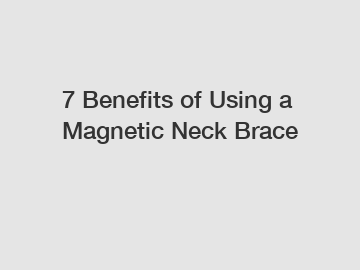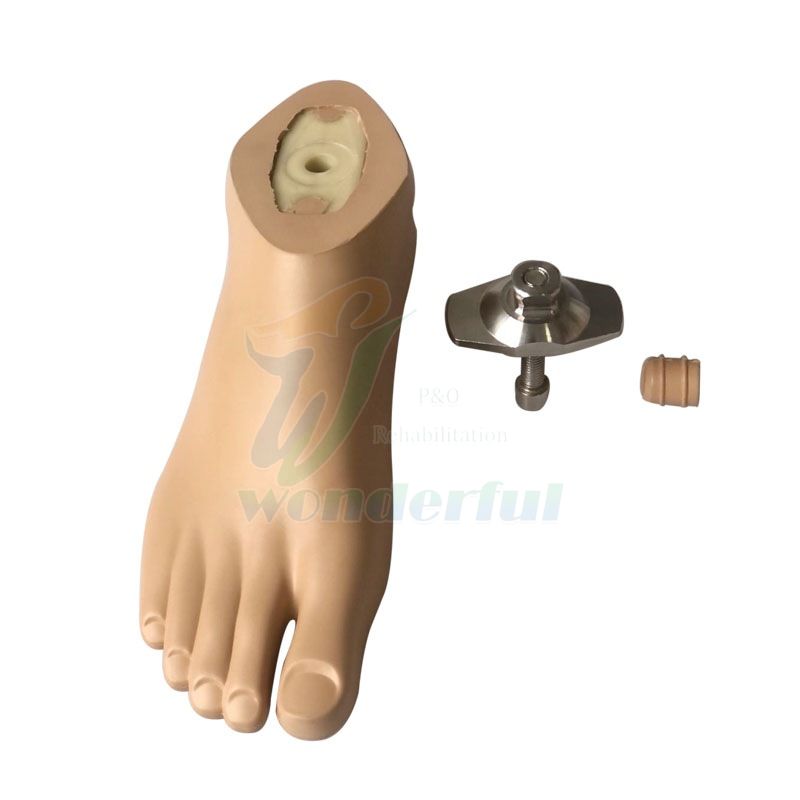How to Choose the Right Lower Limb Prosthesis for Your Specific Needs?
When it comes to selecting the perfect lower limb prosthesis that suits your individual needs, there are several crucial factors to consider. We understand that making this decision can be overwhelming, but fear not, as we are here to guide you through the process step by step. Your choice of a lower limb prosthesis is not just about regaining mobility but also about improving your overall quality of life. In this comprehensive guide, we will delve deep into the various aspects you should keep in mind to ensure you make the best decision possible.

Understanding Your Unique Needs
Before you begin your search for the ideal lower limb prosthesis, it is essential to have a clear understanding of your unique needs and expectations. Here are some factors to consider:
1. Level of Amputation
The level of amputation plays a significant role in determining the type of prosthesis that will best suit you. Whether you have a below-the-knee, above-the-knee, or hip disarticulation amputation, each level requires a different prosthetic solution.
2. Activity Level
Consider your activity level and lifestyle. Are you an athlete looking to return to competitive sports, or do you have a more sedentary lifestyle? Your prosthesis should align with your activity goals.
3. Budgetary Constraints
Prosthetic devices come in a wide range of prices. It's crucial to establish your budget early on to narrow down your options and avoid unnecessary financial strain.
4. Comfort and Fit
Comfort is paramount when choosing a lower limb prosthesis. A well-fitted prosthesis can significantly impact your mobility and overall well-being. Make sure to work closely with your prosthetist to achieve the best fit.
Types of Lower Limb Prostheses
Now that we've outlined the essential considerations let's explore the various types of prostheses available:
1. Below-the-Knee Prostheses
Below-the-knee (transtibial) prostheses are suitable for individuals with amputations below the knee joint. They are often considered more comfortable and provide greater mobility than higher-level prostheses.
Additional reading:The Optimal Choline CDP Citicoline Dosage: Clearing Confusion with Science
Are there any natural alternatives to praziquantel for cats?
Citicoline: Morning or Night - Enhancing Cognitive Performance?
Are coupon code sites safe?
The Incredible Benefits of Citicoline 300 mg
What is an intermediate in pharmaceuticals?
Is Citicoline Supplement Really Worth the Purchase?
2. Above-the-Knee Prostheses
Above-the-knee (transfemoral) prostheses are designed for amputations above the knee joint. They require more complex engineering to replicate the function of the knee joint.
3. Knee-Ankle-Foot Orthosis (KAFO)
A KAFO is a brace that extends from the thigh to the foot and ankle. It is used when a prosthesis is not feasible or necessary, providing stability and support.
4. Hip Disarticulation Prostheses
These prostheses are suitable for individuals with amputations at the hip joint. They are custom-designed to ensure maximum comfort and functionality.
Factors to Consider During Selection
Prosthetic Components
The choice of components, including the socket, knee joint, and foot, can significantly affect the prosthesis's performance. Your prosthetist will help you select the most appropriate components based on your needs.
Material Selection
Prosthetic limbs are made from various materials, such as carbon fiber, titanium, and plastics. The choice of material impacts the prosthesis's weight, durability, and cost.
Prosthetic Suspension
Prosthetic suspension systems, such as suction sockets, pin systems, or vacuum-assisted sockets, play a crucial role in comfort and stability. Your prosthetist will recommend the most suitable option.
Cosmetic Considerations
Some individuals prioritize the cosmetic appearance of their prosthesis. Modern prosthetic limbs can be customized to resemble a natural limb, helping you feel more confident.
Conclusion
In conclusion, choosing the right lower limb prosthesis is a significant decision that requires careful consideration of your unique needs, activity level, budget, and comfort. Working closely with a skilled prosthetist is crucial to finding the perfect fit for your specific requirements. Remember, your prosthesis should not only restore your mobility but also enhance your overall quality of life.
Additional reading:Demystifying PP Spunbond Nonwoven Fabric Applications
Are Goji Powder Benefits Worth the Price?
What is the success rate of praziquantel?
Is citicoline worth taking?
Top advantages of purchasing high purity BMK oil?
How to get a free wheelchair near me?
Everything You Need to Know About Spun Bonded Polypropylene
197
0
0
Related Articles
-
Understanding Praziquantel Chemical Synthesis: Everything You Need to Know
Understanding Praziquantel Chemical Synthesis: Everything You Need to Know.
185
0
0
-
186
0
0
-
203
0
0
-
7 Benefits of Using a Magnetic Neck Brace
Are you dealing with neck pain and looking for a solution that provides relief and support?
175
0
0
-
194
0
0
-
150
0
0
-
171
0
0
-
185
0
0










Comments
All Comments (0)